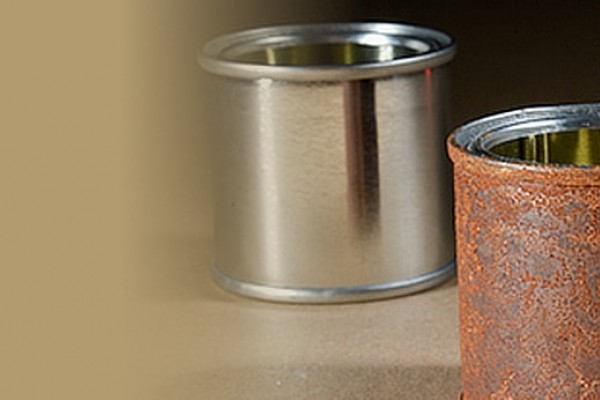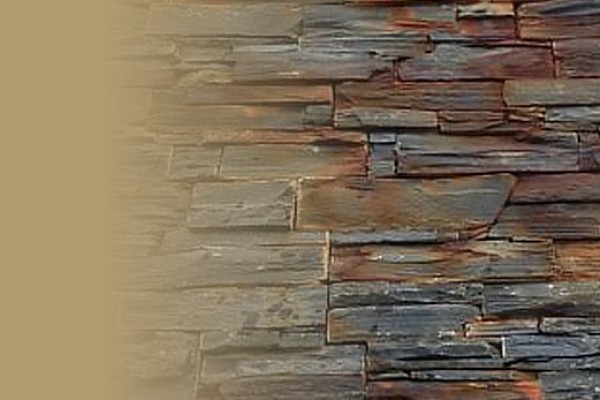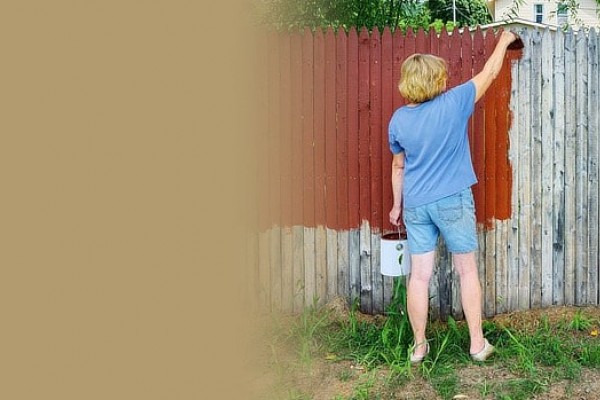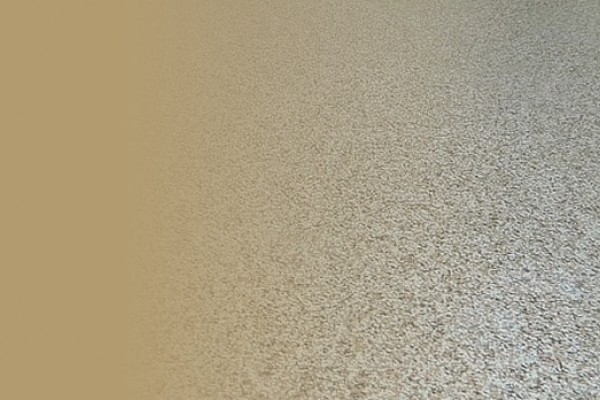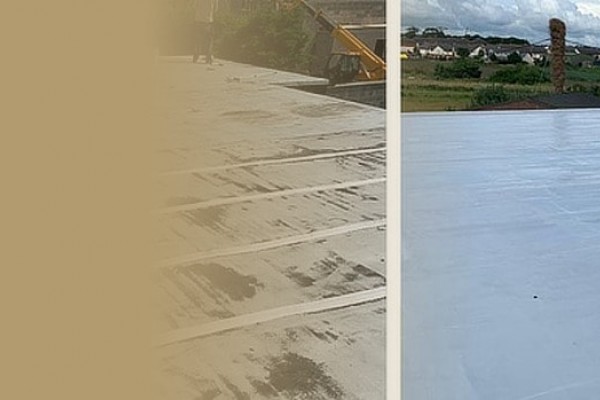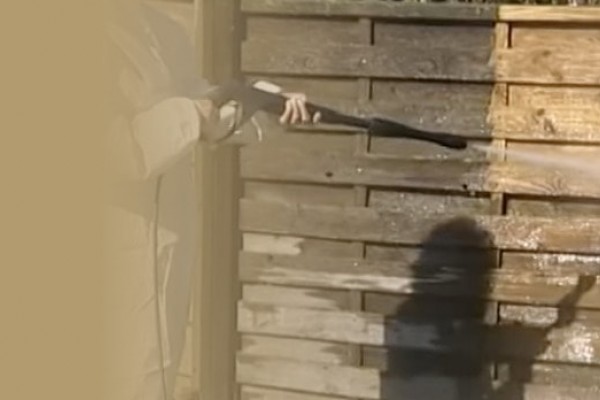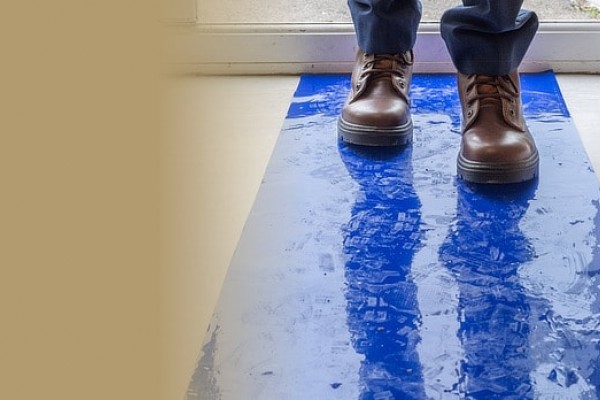A Few Ideas On Painting Your Home
-700x700w.jpeg)
Make your next home
painting job easier
First, keep a record of how much paint it takes to cover each room by writing the amount in a log you can keep in your records file or shed.
Before putting the lid on
leftover paint, mark the label at the level of the paint inside, so you can
tell at a glance how much is left in the can!
If you store partially used cans of paint upside down, a skin won't form on the
paint's surface. just be sure to bang on the lids tightly!
Wants list.
Basically, you'll need: a screwdriver
to open the paint can, scraper, filler knife, a box of filler, sandpaper,
sponges, bucket, cleaner, ladder, quality rollers and tray, roller covers, masking
tape, masking paper, plastic drop cloth, old cap, over-all’s (or old clothes /
shoes), a bottle of OOPS! cleaner, clean rags and the will to get the job done.
How to determine amount of
paint required.
How much paint will you need to paint a
room in your house? Always a good question, especially when you're trying to
determine a budget for your decorating job. First, you must determine how big
is the area you're painting. Simply multiply the length of each wall by its
height to get its square footage. Add up your totals - remembering to include a
calculation for the ceiling - and you've got the total square footage you have
to cover.
Now, check your paint can label for
coverage rate info. The estimated coverage is usually listed on every can, if
its not ask the store to state its coverage.
How much paint will you need for the
outside of your house? You need to multiply the height of each side by its
length and add the totals. Gables, the triangular spaces created by the
roofline, need a special formula. Multiply the width by the height of the
highest point and divide by 2 to get the area of one gable. Do this for each
gable and add them all up.
Now, check the paint can label for
coverage rates.
How much is too much?
Always over-estimate the amount of
paint you'll need. There's nothing worse than discovering you're out of paint
in the middle of a job! If the surface is rough or textured, you'll need about
20% more paint, because you'll be covering more surface. Also, take out 21
square feet of surface area for an average door and 15 square feet for the
average window. That's how the pros figure it! You should also consider using some of those
latest paint additives like floetrol for emulsions, and Owatrol oil for oil
based paints. They make a huge difference.
Removing paint out of
grooves etc.
Here's a great tip for removing old
paint from spindle-back chairs or any furniture with tight grooves and spindle
edges... Get a string the diameter of the groove, dip it in paint stripper
(don't forget to wear your rubber gloves), then use it like dental floss,
working it back and forth in the grooves. The paint will be gone and your
furniture will be ready for a new finish!


